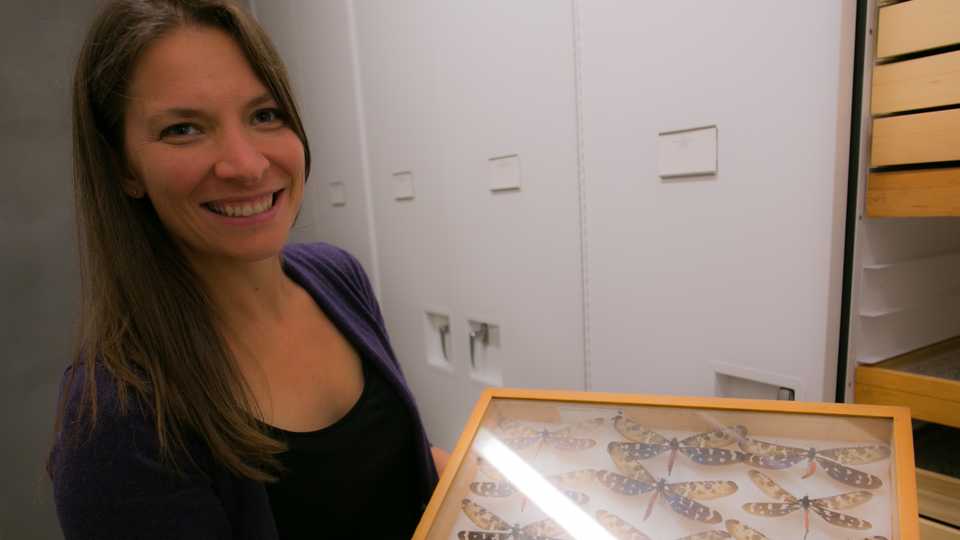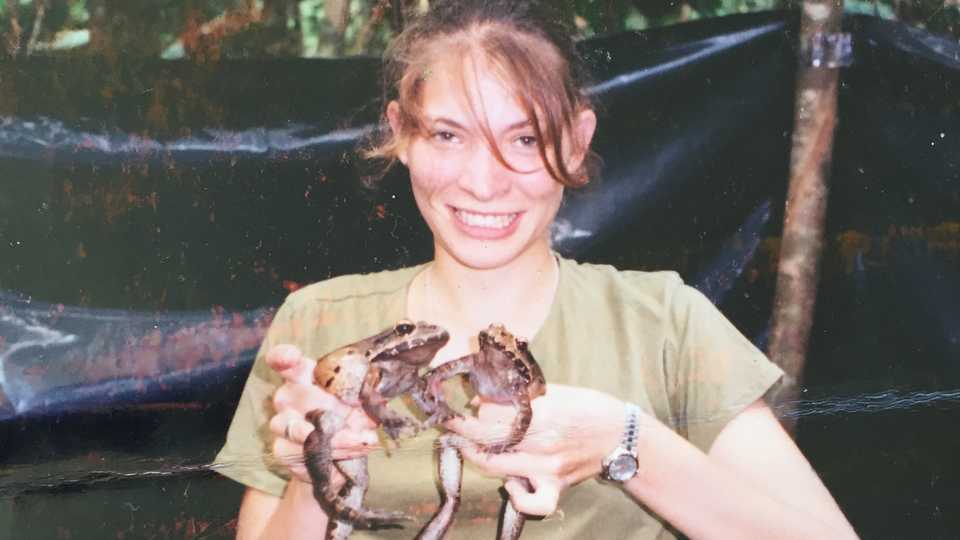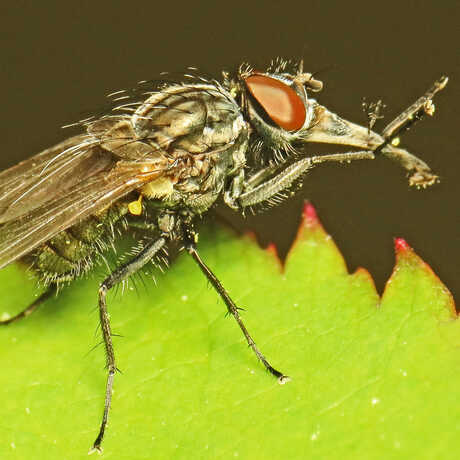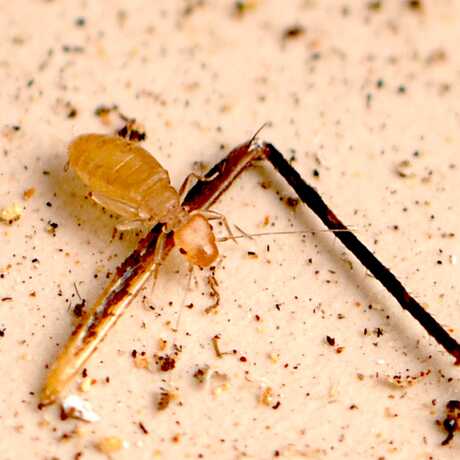When it comes to insects and flies, the old “beauty is in the eye of the beholder” adage is a good descriptor of how one-time art student Michelle Trautwein first fell for entomology. “I was just completely blown away by the beauty and diversity of insects,” she says, describing her first encounter in a college entomology class. That fascination sharpened following a trip to the tropics, where she found herself mesmerized not just by the “beauty of the natural world,” but by the concept of evolution itself.
As Trautwein continued her studies, it was flies—a group much maligned by humans, but one that comprises about 10 percent of known species on Earth—that became the focus of her work. Today, Trautwein is an Academy research associate. Her subject matter is packed with surprises—did you know that mosquitos are flies, for example, or that many flies are actually wingless?—and has a surprisingly profound impact on human life.
“[Mosquitos] kill over a million people a year,” she notes, “but flies are also important pollinators. And flies and their babies, affectionately known as maggots, do a lot of the work of the cleaning up dead and rotting things in the world, which is a really important job.”
Those important jobs are being done almost everywhere in the world, at this very moment—in places closer to you than you may think. “Right now,” Trautwein says, “there are easily over a dozen species of flies in your house. They’re tightly interwoven in the history of humans, and I think that’s fascinating.”








